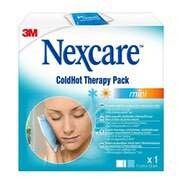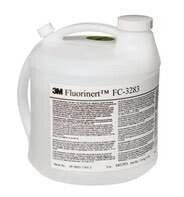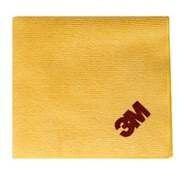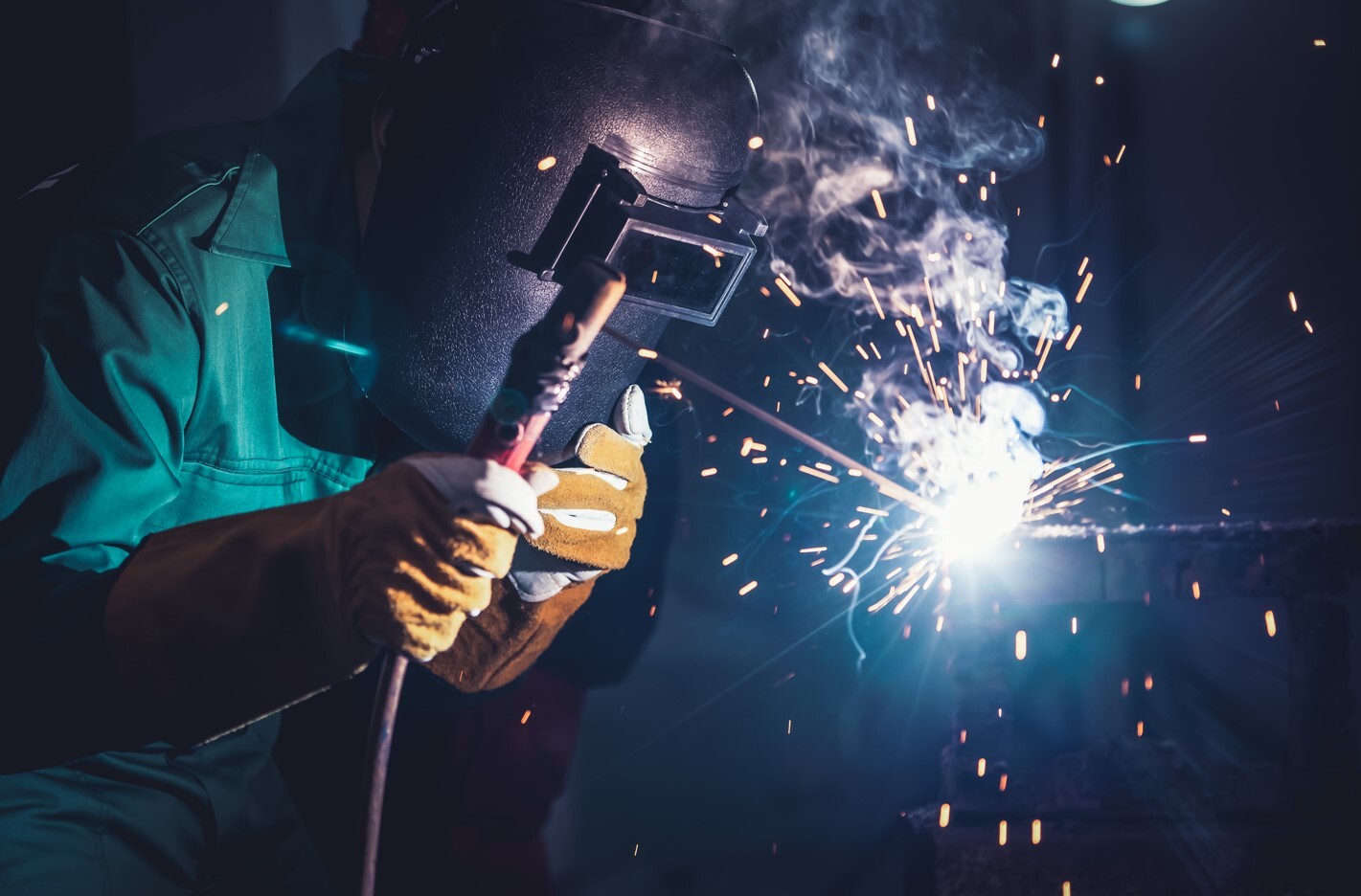Protective gear for welding


There are many dangers of welding. It is a risky activity that requires great precision, as even the smallest mistake or error can ruin the whole job. Care is essential not only for the result but also for safety. Work safety rules and welding protective equipment ensure that both the person doing the work and the environment are completely safe. What is the right clothing for welding and what is good quality welding protective equipment? Let’s find out.
What are the protective gears for welding?
In the following, we will look at what protective gear is available for those who want to ensure safety and protect their body during welding. Here's what you need to know about welding protective equipment!
The shield
The shield is a fundamental protection equipment. There are also so-called hand shields and head shields, which offer excellent protection for the face. However, they do not obstruct vision, as they usually have a field of vision of 90x110 cm and a light filtering insert. Special products are available that darken in response to light or magnetic effects, and accessories such as cover plates can also be purchased.
The apron
The apron is not sufficient protection on its own but works well as an additional layer of protection. The apron provides comfortable and non-restrictive movement, and it works well with arm protectors and welding hoods.
The suit
The coveralls or boilersuits are a great piece of clothing, loose-fitting garments covering the whole body except for the head, hands and feet. They are comfortable, and highly practical. Boilersuits protect the body from external influences and are comfortable to wear in colder weather, as an undergarment can easily fit under them. Workwear should always be chosen according to the activity and the conditions, so if you are not working indoors, you should consider the hot sun, rain, wind, or moisture levels. A hat, for example, can be a useful protection against the sun in summer and the wind and cold in winter. There are also the so-called welding drapes, which protect against sparks.
The shoes
Protective shoes are considered the most fundamental protective gear in most industry zones. The reason for this is that inappropriate footwear can cause serious musculoskeletal problems, not to mention accidents. It is important that the sole of the shoe does not slip, that it grips well and that it supports the foot properly. When it comes to protective shoes and boots, it is advisable to choose those with laces, which are more comfortable to wear, and are water-repellent. Welding can be done in welding boots, which provide full protection against external influences.
The glove
Speaking of limbs, it's not just the feet that need protecting, but the hands too! It is advisable to use several types of gloves during the work process: gripping, moving objects, and smaller and more delicate movements are easier to perform with cut-resistant gloves, while during welding, it is more advisable to wear leather gloves. The former is more comfortable to wear, the skin breathes more easily, and has excellent abrasion resistance and grip, while the latter is safer and provides better protection against heat.
Protection for the lungs
In some cases, respiratory protection equipment, such as masks or welding helmets with air respirators, may be needed to protect against harmful chemicals and fumes that can escape from welded materials. The negative effects of the gases released can be counteracted by using half masks with appropriate filter inserts and fresh air shields. Respiratory protection can even be fitted with earplugs using various accessories.
Protecting the eyes
During welding, it is advisable to think about eye protection. Work safety accessories such as eye shields protect against harmful infrared and ultraviolet rays and protect the face from the heat. The welding conditions will determine the intensity of protection needed for the eyes.
What are the characteristics of good welding protective equipment?
There are many different types of protective equipment available for welding, listed above. Nevertheless, many people think that wearing a shield and maybe an apron is sufficient. However, the aim should be to enclose the body as much as possible, thus protecting it from the effects of the crackling spark.
As far as welding clothing is concerned, it is important that the material is suitable and that the seams are strong. Flame-resistant workwear is a basic requirement, as is protection against radiant heat and resistance to splashing materials such as molten metal. The fabric and seams must withstand the appropriate tensile strength and have excellent electrostatic properties.
Safety is a key consideration when choosing welding suits. You should not skimp on accessories and clothing, as your health and working ability may be at stake.
More articles
Flanker Plusz Kft.
Contact Details
Boti Street, 100.






























